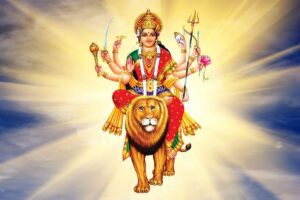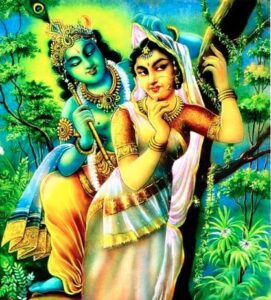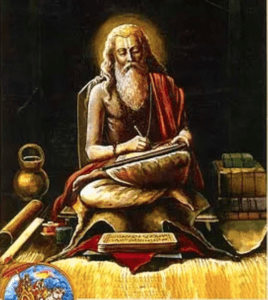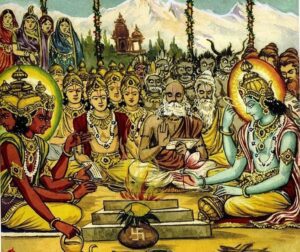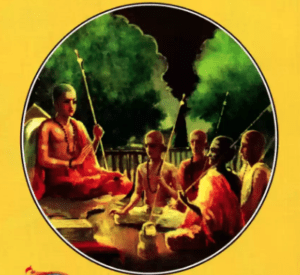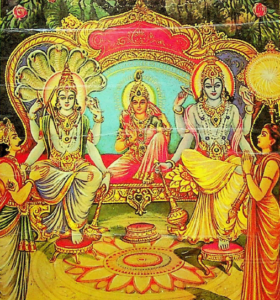Shiv Puran
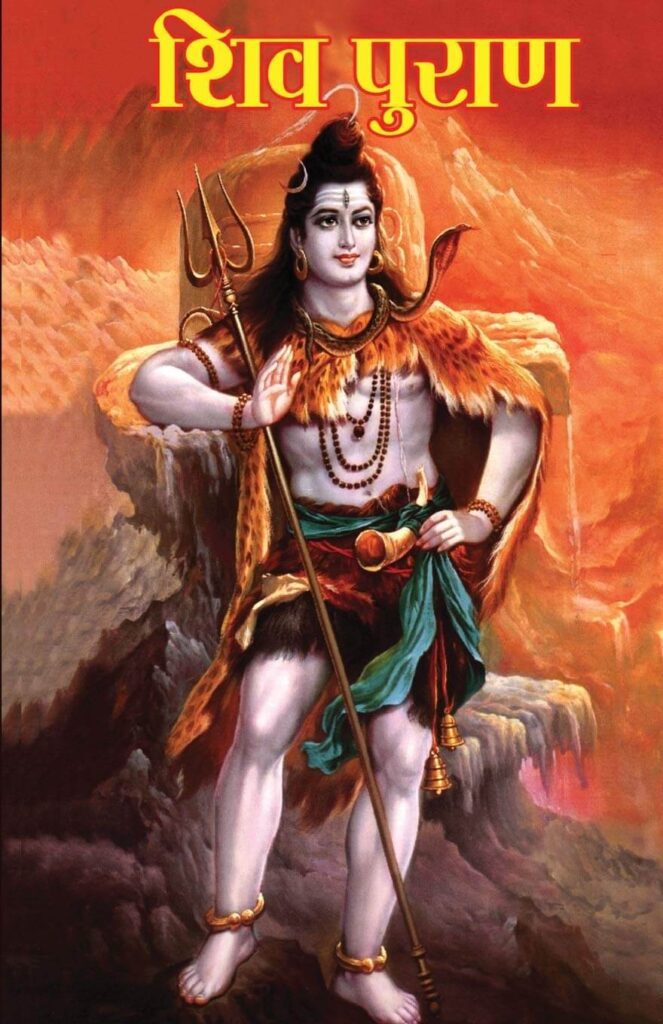
Read or Download Shiv Puran
Shiv Puran: A Journey into the Cosmic Dance of Lord Shiva
In the vast tapestry of Hindu mythology, few deities evoke as much awe and fascination as Lord Shiva. Adorned with ash, the crescent moon, and the deadly serpent around his neck, Shiva is the embodiment of paradoxes — the destroyer and the creator, the ascetic and the householder, the meditator and the dancer. Central to understanding the enigma of Shiva is the Shiv Puran, a sacred text that delves into the cosmic dance of this formidable deity.
The Cosmic Dance:
At the heart of Shiv Puran lies the concept of Nataraja, the Lord of Dance. The cosmic dance of Shiva, known as the “Ananda Tandava,” symbolizes the eternal cycles of creation and destruction, the rhythmic pulse of the universe. In this dance, Shiva embodies the five activities – creation, protection, destruction, hiding, and blessing. The drum in his hand beats the rhythm of time, the fire represents destruction, and the foot raised in dance signifies liberation.
The Lingam and the Yoni:
Integral to Shiva worship is the symbolism of the Lingam and the Yoni. The Lingam, often represented as a cylindrical pillar, is a phallic symbol that signifies the formless, infinite aspect of Shiva. The Yoni, the base upon which the Lingam rests, represents the divine feminine, the cosmic energy or Shakti. Together, they symbolize the union of Shiva and Shakti, the cosmic balance that sustains the universe.
Stories and Parables:
The Shiv Puran is a treasure trove of stories that unravel the diverse aspects of Lord Shiva. One such tale is that of Shiva and Parvati’s marriage. Unlike other celestial weddings, their union is not marked by grandeur but by austerity. It teaches us that love transcends materialistic celebrations and is rooted in spiritual connection.
Another captivating narrative is the churning of the ocean, the Samudra Manthan. When both Devas (celestial beings) and Asuras (demons) churn the ocean to obtain the nectar of immortality, a deadly poison, Halahala, emerges. Lord Shiva, in his compassion, drinks the poison to save the world, highlighting the selfless sacrifice inherent in his character.
The Tale of Bhasmasura:
The Shiv Puran also narrates the story of Bhasmasura, a demon granted a boon by Shiva, which granted him the power to turn anyone into ashes by placing his hand on their head. However, the demon’s arrogance leads to his own downfall when he attempts to test his power on Shiva himself. In a twist of fate, Shiva eludes Bhasmasura, leading to the demon’s self-destruction. This story teaches the importance of humility and the consequences of misusing divine blessings.
The Philosophy of Asceticism:
Shiva is often depicted as an ascetic, residing in the lofty peaks of Mount Kailash. The Shiv Puran explores the philosophy of asceticism, emphasizing the power of meditation and detachment. Shiva’s deep meditation symbolizes the journey inward, away from the material world, towards self-realization and enlightenment.
The Symbolism of Ganga:
One of the most iconic images associated with Shiva is the Ganga flowing from his matted hair. The legend behind this imagery tells of how Shiva trapped the mighty Ganga in his locks to prevent her force from flooding the Earth. This symbolizes the need to channel and control the immense potential within ourselves, converting destructive forces into constructive ones.
Conclusion:
The Shiv Puran, with its rich tapestry of myths, parables, and philosophical insights, offers a profound exploration into the essence of Lord Shiva. It goes beyond the superficial narratives to unravel the layers of symbolism and metaphors that guide seekers on the path of spiritual awakening. Shiva, with his cosmic dance, the divine union of Lingam and Yoni, and tales of compassion and sacrifice, becomes a guiding light for those navigating the intricate dance of life. In delving into the Shiv Puran, one embarks on a journey that transcends time and space, unlocking the mysteries of existence through the lens of the eternal Lord of Dance.
